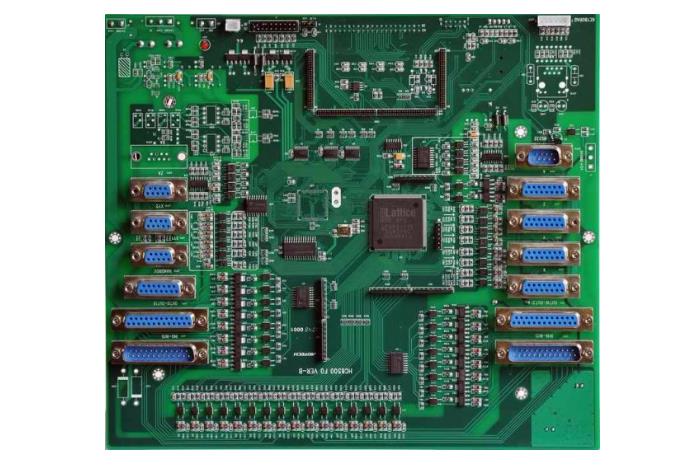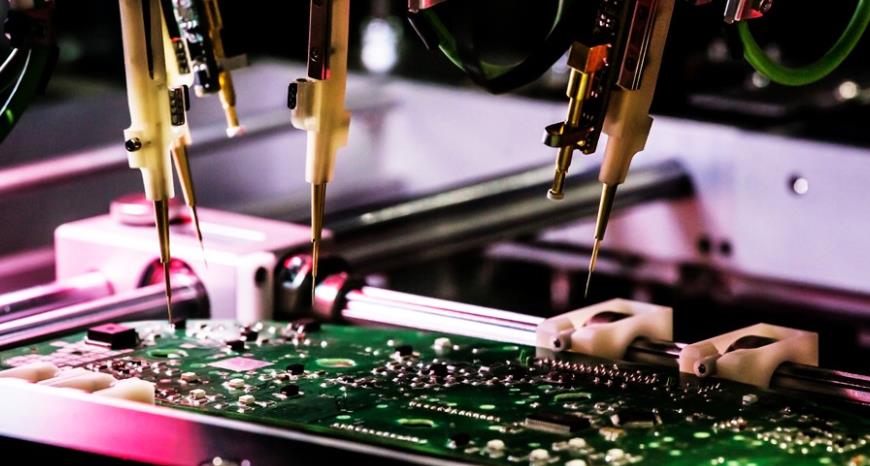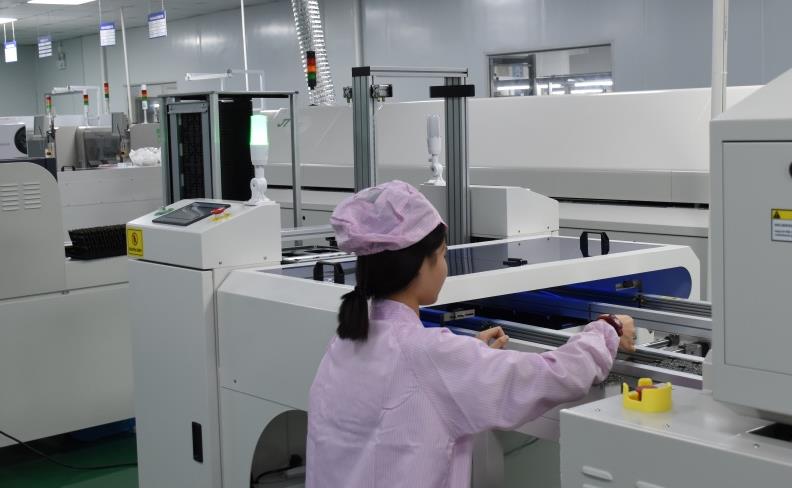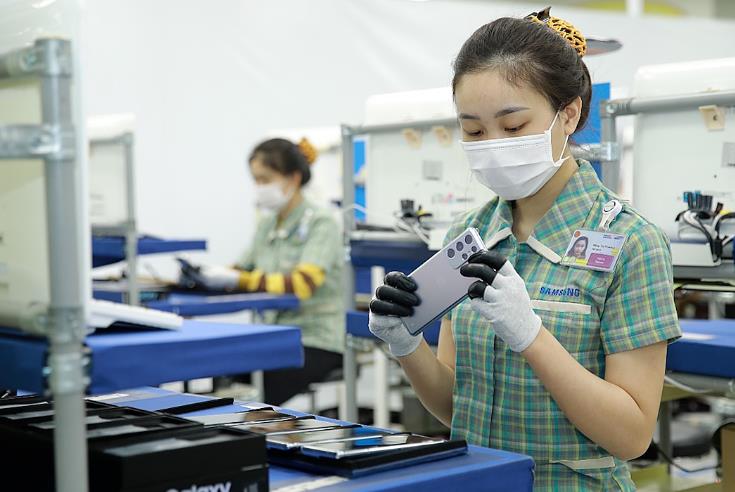How to ensure quality control of PCBA processing?
Quality control is crucial in ensuring product performance and reliability during the PCBA (Printed Circuit Board Assembly) manufacturing process. Effective quality control can reduce defect rates, improve production efficiency, and ensure that the final product meets customer requirements. This article will introduce how to ensure the quality control of PCBA processing through various methods.
1. Choose high-quality materials
The selection of materials has a direct impact on the quality of PCBA processing. High quality raw materials can not only improve product performance, but also reduce uncertainty in the processing process.
Key points for material selection
High quality PCB substrate: Choose a PCB substrate with high thermal stability and low curvature.
Reliable component suppliers: Choose reputable component suppliers to ensure the quality and consistency of components.
Suitable solder: Use lead-free solder that meets RoHS standards to ensure welding quality and environmental requirements.
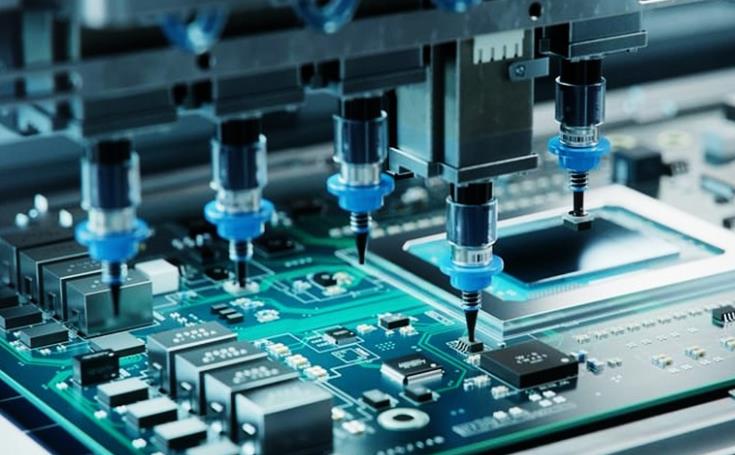
2. Optimize design and process
Design and process are the core factors that affect the quality of PCBA processing. Optimizing design and process can effectively improve the reliability and stability of products.
design optimization
DFM (Design for Manufacturing): Consider the feasibility of the manufacturing process during the design phase to reduce potential issues.
High density interconnect (HDI) design: Adopting HDI design to improve the integration and performance of circuit boards.
Process optimization
Surface Mount Technology (SMT): Adopting SMT technology to improve component installation accuracy and production efficiency.
Strict process parameter control: By controlling welding temperature, time, and pressure, ensure welding quality.
3. Introducing advanced detection technology
Testing technology is an important means of quality control. Introducing advanced detection technology can detect and solve problems early on, avoiding defective products from entering the market.
Automatic Optical Inspection (AOI)
Function: AOI technology detects defects in solder joints and components through high-speed cameras and image processing software.
Advantages: It can quickly and accurately identify welding defects and misaligned components, improving detection efficiency.
X-ray testing
Function: X-Ray technology can detect the internal welding quality of complex components such as multi-layer boards and BGA.
Advantages: It can detect internal defects that are difficult to detect using traditional detection methods, ensuring the reliability of the product.
Online Testing (ICT)
Function: ICT detects the electrical performance of the circuit by touching the test points on the circuit board with the test needle.
Advantages: It can detect short circuits, open circuits, and component faults on the circuit board, ensuring normal circuit functionality.
4. Establish a sound quality management system
A sound quality management system is the foundation for ensuring the quality of PCBA processing. By establishing and implementing an effective quality management system, product quality can be systematically controlled and improved.
ISO certification
ISO9001 certification: Ensure that the company has a quality management system that complies with international standards, and improve the overall quality control level.
ISO14001 certification: Focus on environmental protection and sustainable development, enhance corporate image and market competitiveness.
Quality control process
Total Quality Management (TQM): Implement TQM to enhance product quality through full participation, continuous improvement, and customer orientation.
Statistical Process Control (SPC): Using statistical methods to monitor and control key parameters in the production process, ensuring process stability and product consistency.
5. Training and employee quality improvement
The skills and qualities of employees directly affect the quality of PCBA processing. Ensure that employees possess the necessary knowledge and skills through continuous training and quality improvement.
training plan
New employee training: Provide systematic onboarding training for new employees to ensure they understand the basic process and quality requirements of PCBA processing.
Continuous training: Regularly organize employees to participate in technical training and quality management training to enhance their professional skills and quality awareness.
Ensuring the quality control of PCBA processing requires starting from multiple aspects such as material selection, design and process optimization, introduction of advanced testing technology, establishment of quality management system, and employee training. Through systematic quality control measures, product quality can be effectively improved, customer needs can be met, and market competitiveness can be enhanced.
Tags: PCBA_processing /quality_control /
Prev: The difference between PCBA processing and assembly?
Next: What are the cleaning solvents for the surface of PCBA circuit boards?


